Description: With three varieties to choose from, the Dachshund comes in three sizes and three types, the long-haired, the wired-haired and a short haired. This breed's body is longer than its height, with short legs. This is still a muscular dog. The head is elongated with pronounced eyebrows. The muzzle is long. The jaw has non- pendent lips. Their teeth meet in a scissor bite. The eyes are almond shaped, and brown black or dark red. They have mobile ears that are down to their cheeks. The tail is carried in line with its back. There are three registered sizes, standard and miniature, and also recognized is the toy variety. The standards height is 8 to11 inches, weighing around 11 pounds. The miniature's height is 5 to 7 inches, with a weight allowed of 11 pounds or less. The toy variety is allowed to be up to 12 inches in height, their weight not exceeding 8 pounds. The Dachshund can come in so many colours it is best to check with the breeder and or show standards. To give you a range of colours; we have red, cr鑝e, golden blonde, black, and the multitude of colours in between. There is bicoloured found in this breed, pattern and tricolours that we have a Dapple, double Dapple, and triple Dapple. Then we have piebald, this is where they have a white body with patches of solid colour, white areas, or they maybe have solid white. As you can see colouring and options are vast.
History: The Dachshund breed originated in Germany in the early 18th-century. The breed was bred to hunt badgers and rabbits due to their short legs, the dog could go underground into the burrows, where they could fight and kill prey. They also hunted hare and stoat. This breed has terrier characteristics, and is very courageous. During World War I, this breed's population dwindled. These dogs were important to the USA, and once again increased being recognized by the AKC in 1885. There is some belief this breed goes back to ancient Egypt, but this is not conclusive. It is believed that this dog's origins are a mix of English, German, French hounds and terriers. This breed has been kept by Royal Courts all over Europe, including Queen Victoria. There is verifiable evidence in books written in the 1700s referring to this breed. So much is unclear of their history, but it is known that the shorthaired gave rise to both the wirehaired and long-haired varieties.
Temperament: The Dachshund breed is proud and brave and can be very amusing. They are devoted to their family and can be difficult to train. Potty training takes some time, but they can get there in the end. This little dog requires a good pack leader or problems arise, such as guarding furniture, food or toys. Without good leadership, this breed can become unpredictable with children and adults, snapping and biting and having obsessive barking. With the proper leadership as a human as alpha, these problems should not arise. This dog has a strong instinct to dig. Do not allow this breed, to gain small dog syndrome, keeping good leadership, with clear rules, they need to know what they are allowed and not allowed to do. With the correct amount of exercise, and good human leadership, this breed makes a wonderful companion, with an excellent character.
Health issues: The Dachshund dog can get spinal disc problems, bladder problems, diabetes and heart disease. Careful maintenance of their weight is needed, to prevent obesity.
Grooming: The Long-haired Dachshund will require grooming daily. The wire haired will need professional trimming, six monthly, whereas the smooth haired require a rubdown with a damp cloth weekly. It is best checked with the dealer regarding grooming for your particular dog.
Living conditions: The Dachshund dog is good for apartment life. And providing their daily exercise is given, they can cope without a garden.

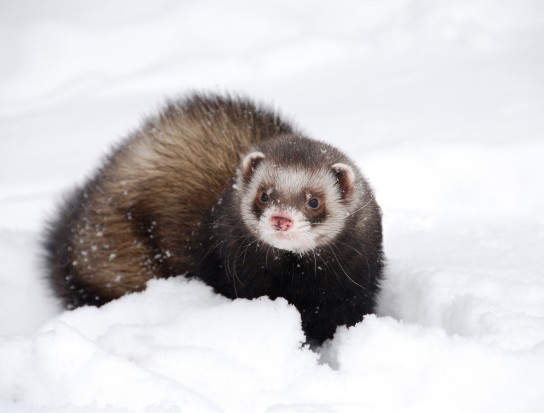 How To Keep Ferrets Safe In Winter
How To Keep Ferre
How To Keep Ferrets Safe In Winter
How To Keep Ferre
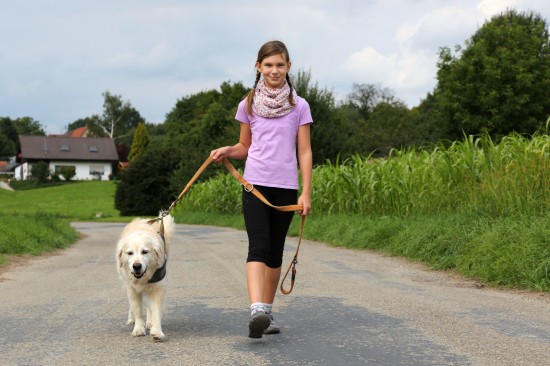 Training Your Dog To Walk To Heel
Training Your Dog
Training Your Dog To Walk To Heel
Training Your Dog
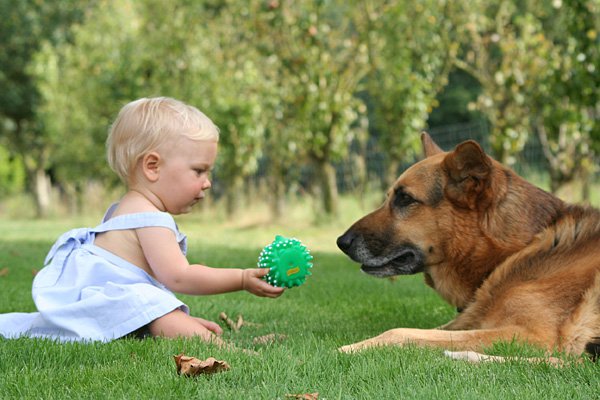 All about Goldendoodle Puppies for Sale
All about Goldendoodle Puppies for Sale
Any pu
All about Goldendoodle Puppies for Sale
All about Goldendoodle Puppies for Sale
Any pu
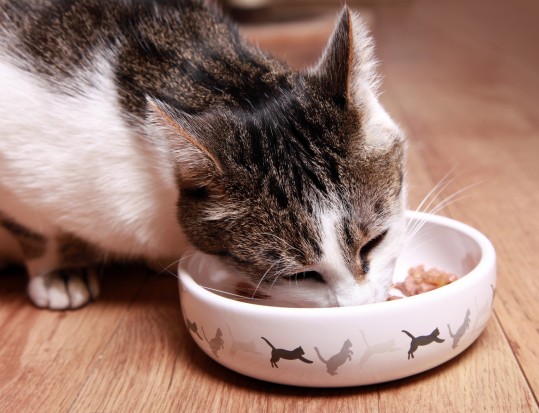 How To Feed A Kitten Thats A Fussy Eater
How To Feed A Kit
How To Feed A Kitten Thats A Fussy Eater
How To Feed A Kit
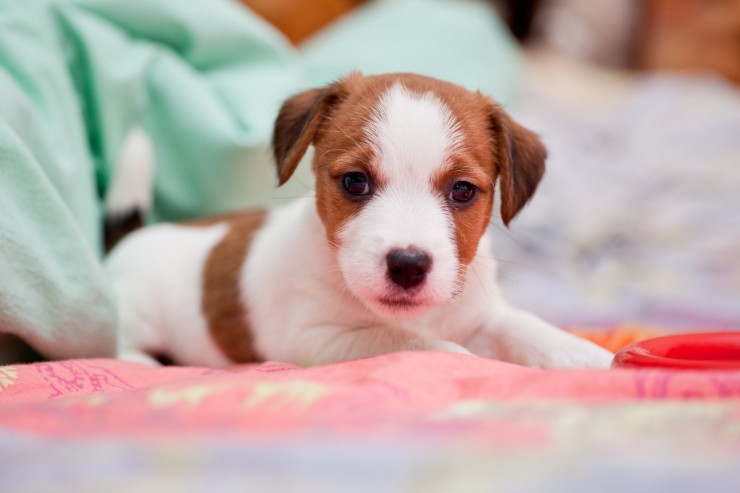 6 Myths About Dog Behaviours Debunked
6 Myths About Dog
6 Myths About Dog Behaviours Debunked
6 Myths About Dog